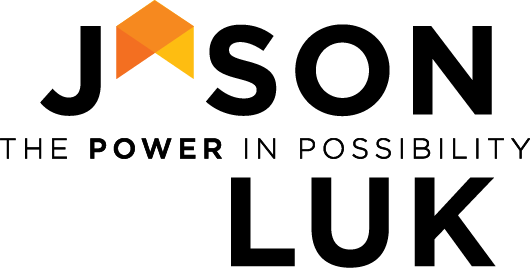What’s Your Appreciation Language at Work?
I loved Dr. Gary Chapman’s “The 5 Languages of Love” book and theory so much that I got super excited when I saw that he partnered with a business consultant (Dr. Paul White) to co-create a spin-off called “The 5 Languages of Appreciation In The Workplace”. If you’re not familiar with this please see my previous post about that.
The general same theory is re-purposed within a corporate environment to enable leaders and teammates to motivate each other through showing appreciation. The “trick” is being able to show appreciation to the other team member in the way that they would experience appreciation in the highest degree. Typically in a work setting, appreciation is shown in two ways:
1st – Words of Affirmation
There’s general verbal and written praise to acknowledge a job well done and there are always awards like employee of the month/quarter.
2nd – Receiving Gifts
I most commonly see (and have been the recipient of) Starbucks, Amazon and AMEX gift cards being given out to reward employees for a job well done.
Research from the Appreciation test shows that Words of Affirmation reach over half of the general population while Receiving Gifts falls below 10%. By employing these two above one will more than likely “satisfy” most of the office however there’s a quarter of the crew that is being overlooked and I fall into that bucket.
When I took the online test (not free like the Love Languages and requires a test code within the digital or hard copy of the actual book), these are how my languages ranked (in order of highest to lowest) and it’s not unusual for them to tabulate differently than the Love Languages:
1st – Quality Time
Having time, especially regularly scheduled 1:1 time is critical for me to feel appreciated above all else. It’s important that who I am with is also giving me their undivided attention (not checking their mobile phone) is on time and most important shows up (doesn’t no show without saying something in advance).
2nd – Acts of Service
I cherish teamwork and love working with people who are awesome and are willing to contribute. Let’s say there’s a big proposal due, I feel appreciated when there is a divide and conquer approach in which one teammate works on the client email, another on the presentation and I tackle the spreadsheet to bring all three together.
3rd – Words of Affirmation
This one falls second to last both in my “Love” life and my “Work” life. Verbal and written praise really don’t go that far for me however I understand when receiving it that it’s likely the other person’s highest Language of Appreciation so know to make a bigger effort to acknowledge them with words.
4th – Receiving Gifs
This one falls second to last both in my “Love” life and my “Work” life. Verbal and written praise really don’t go that far for me however I understand when receiving it that it’s likely the other person’s highest Language of Appreciation so know to make a bigger effort to acknowledge them with words.
You may notice one of the “5” languages missing and while Physical Touch (my highest Love Language) isn’t really gone, it’s not necessarily encouraged in a work setting due to potential HR violations. That said Physical Touch may be incorporated through high fives and handshakes.
The other great thing about this test is that it creates an actionable checklist of ways in which the wider team may be aware of to show appreciation to a specific team member which are known as “Endorsements” (by the individual). Mine came out to be:
*Go to lunch together and not talk about business issues. (All)
*Stop by, sit down in my office and check in with me regarding how things are going. (All)
*Walk together before or after work. (All)
*Go to dinner together with our spouses / significant other. (All)
*Spend time exchanging ideas and solutions to problems and/or challenges. (All)
*Do a sports activity together — biking, golf, playing basketball, etc. (All)
*Have an “away from the office” retreat for our team. (All)
*Stop by my office just to say “hi” and see how I’m doing. (Colleague)
*Have a scheduled (weekly, monthly) “check in” meeting to see how things are going. (Supervisor)
If you’re curious about this test, I would encourage you to invest the 15 minutes and dollars to do so online here (or order the book to get the code):
Super valuable for managers or anyone else looking to bring their team closer together. I’ve facilitated this on two different teams so far with great feedback and results.

